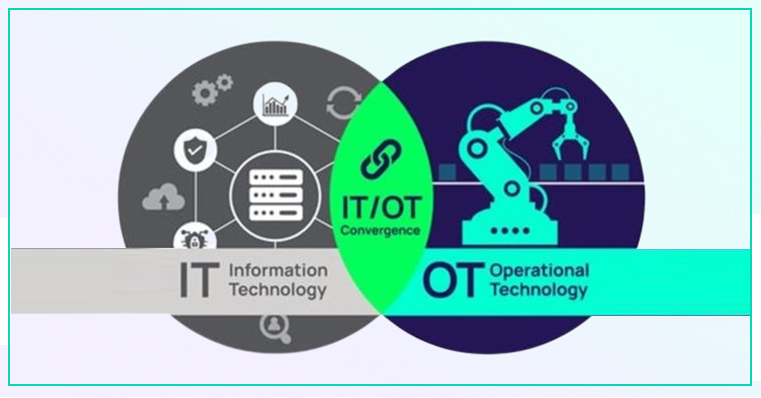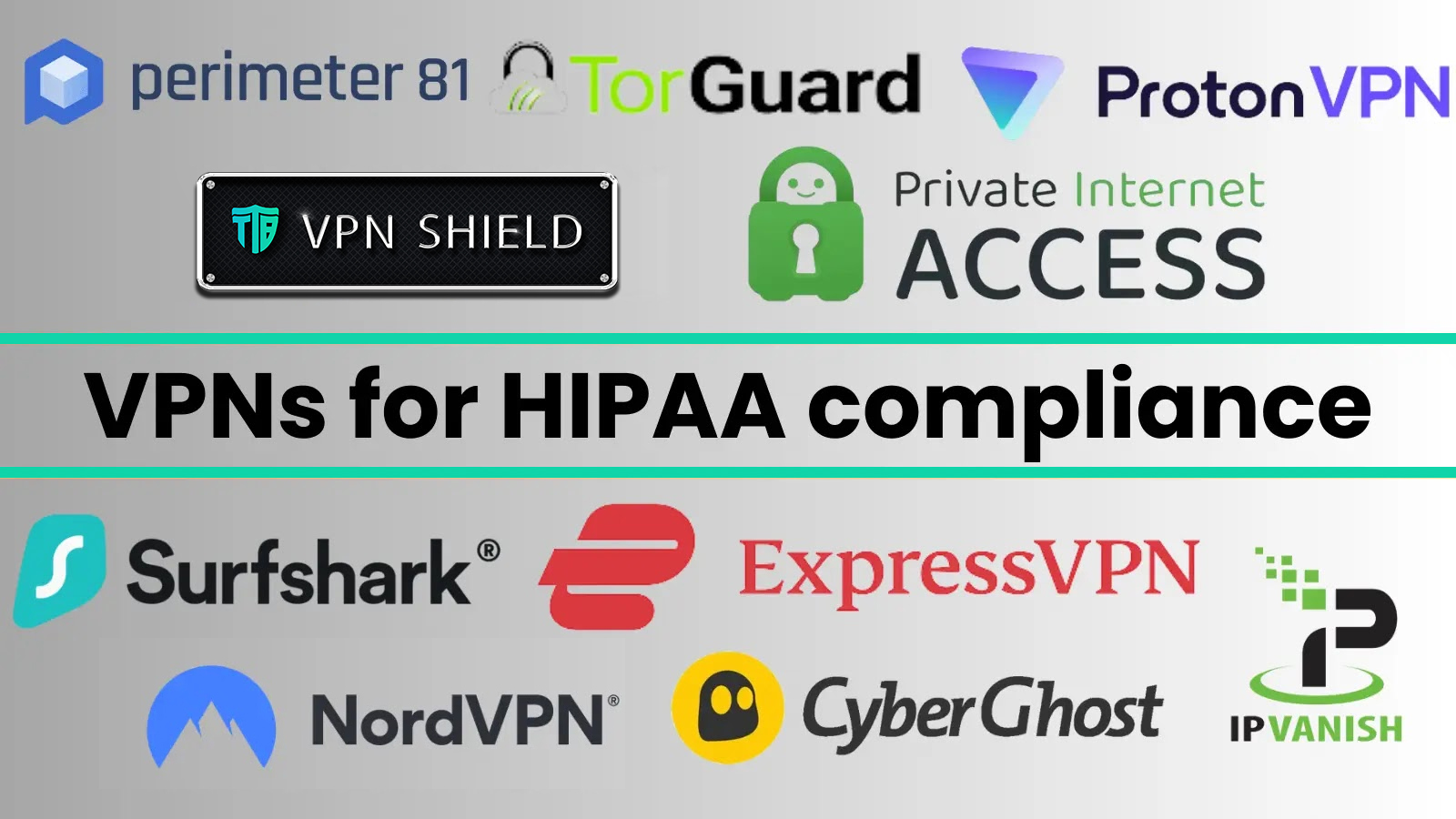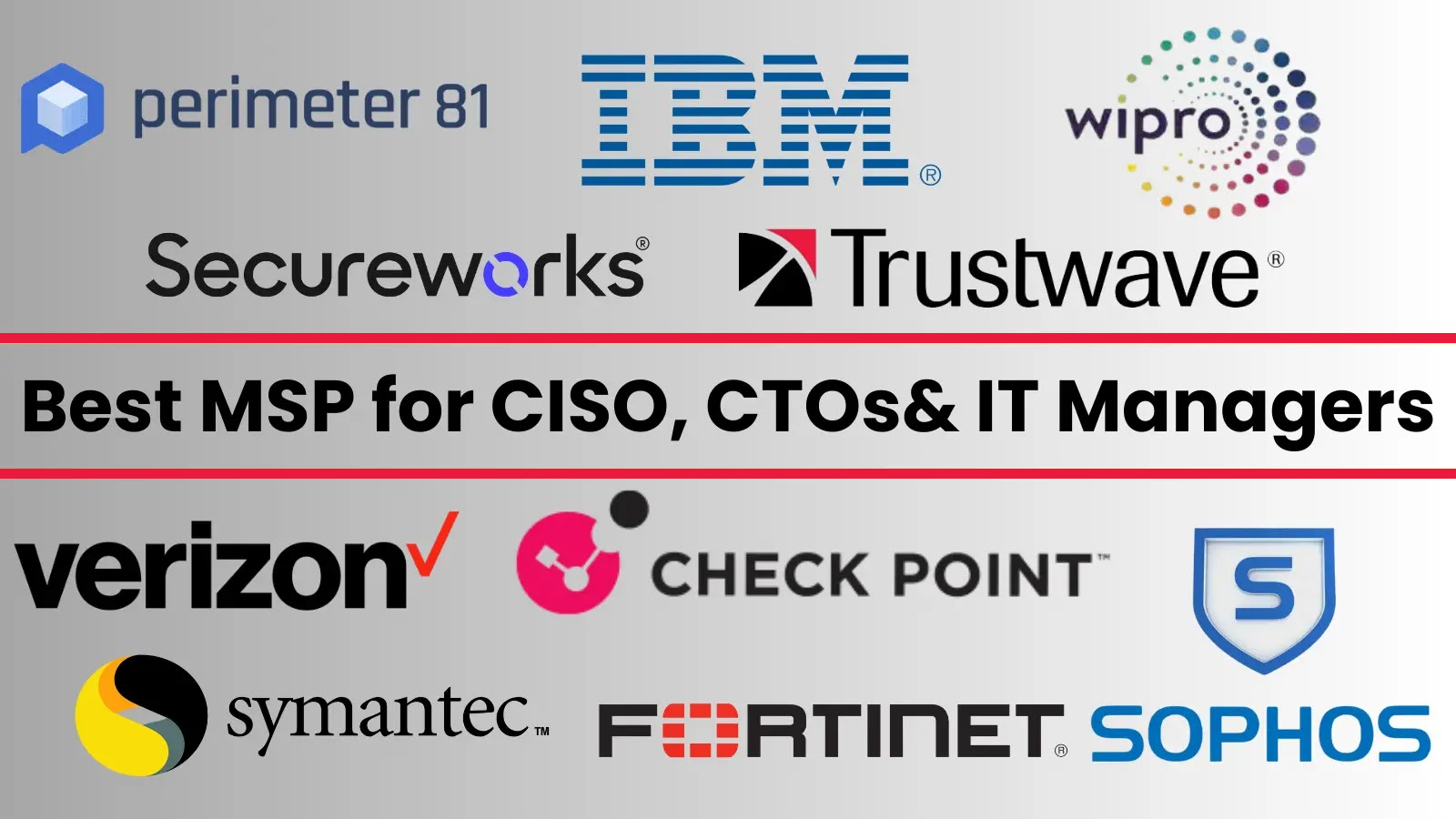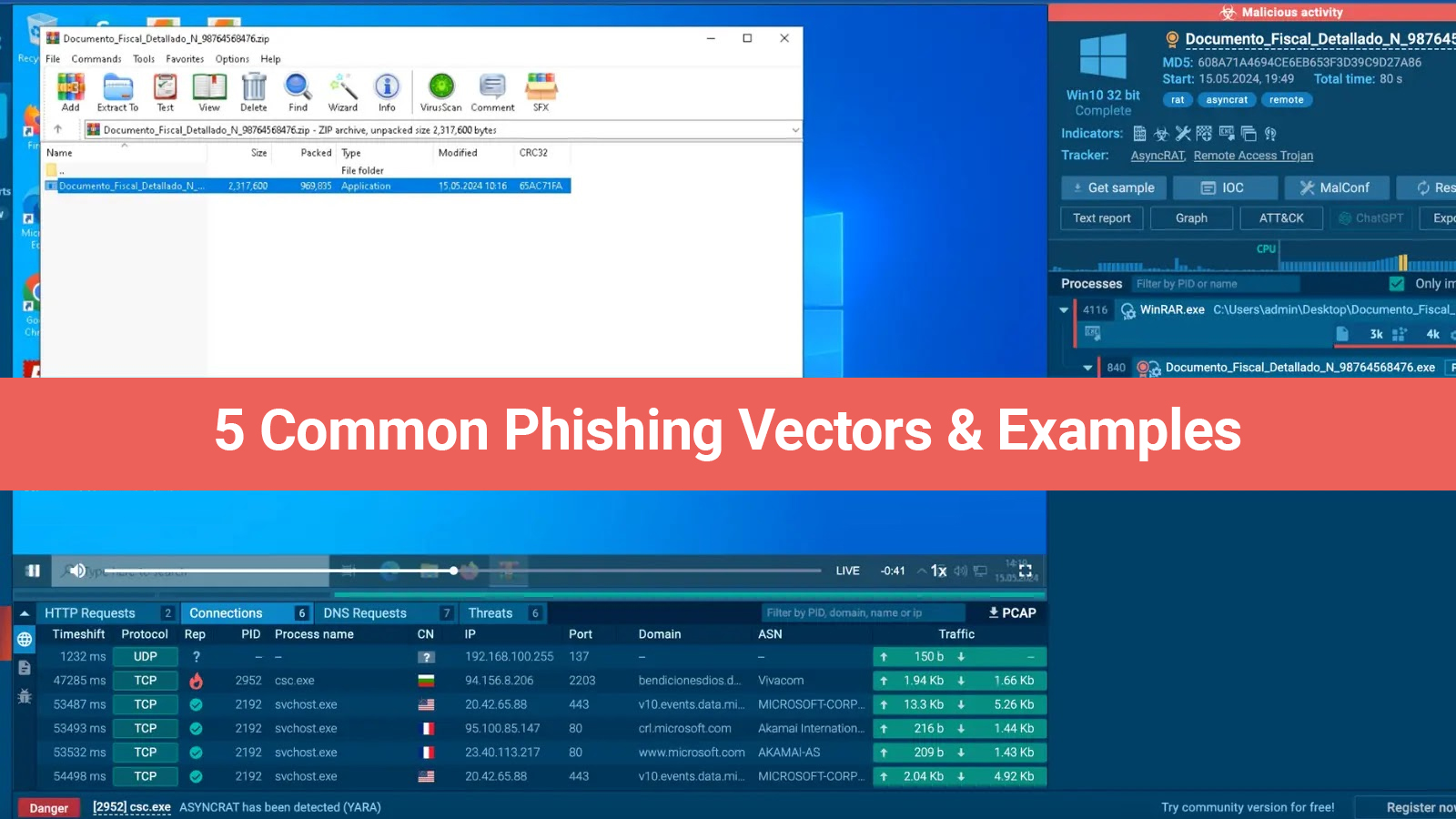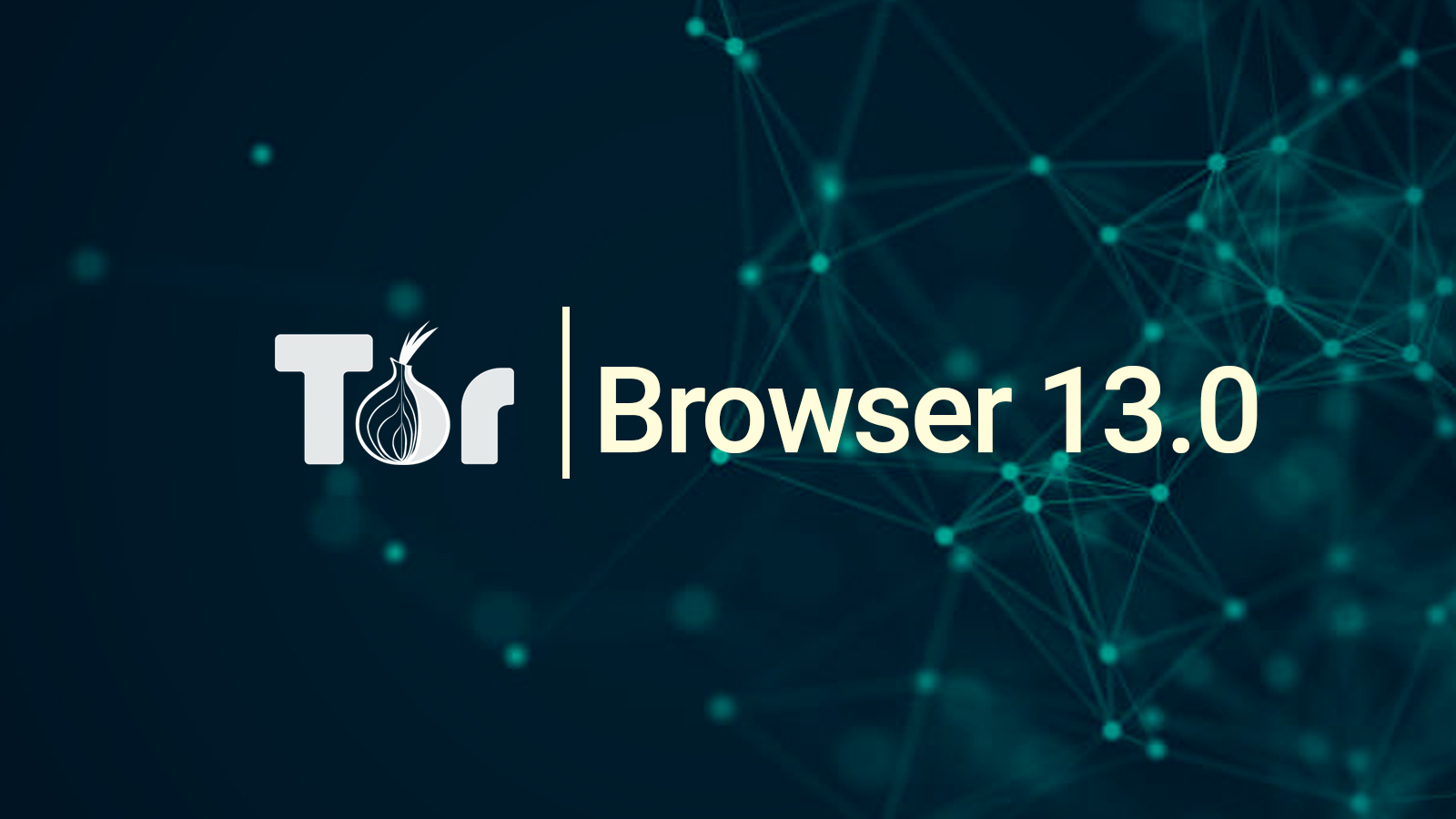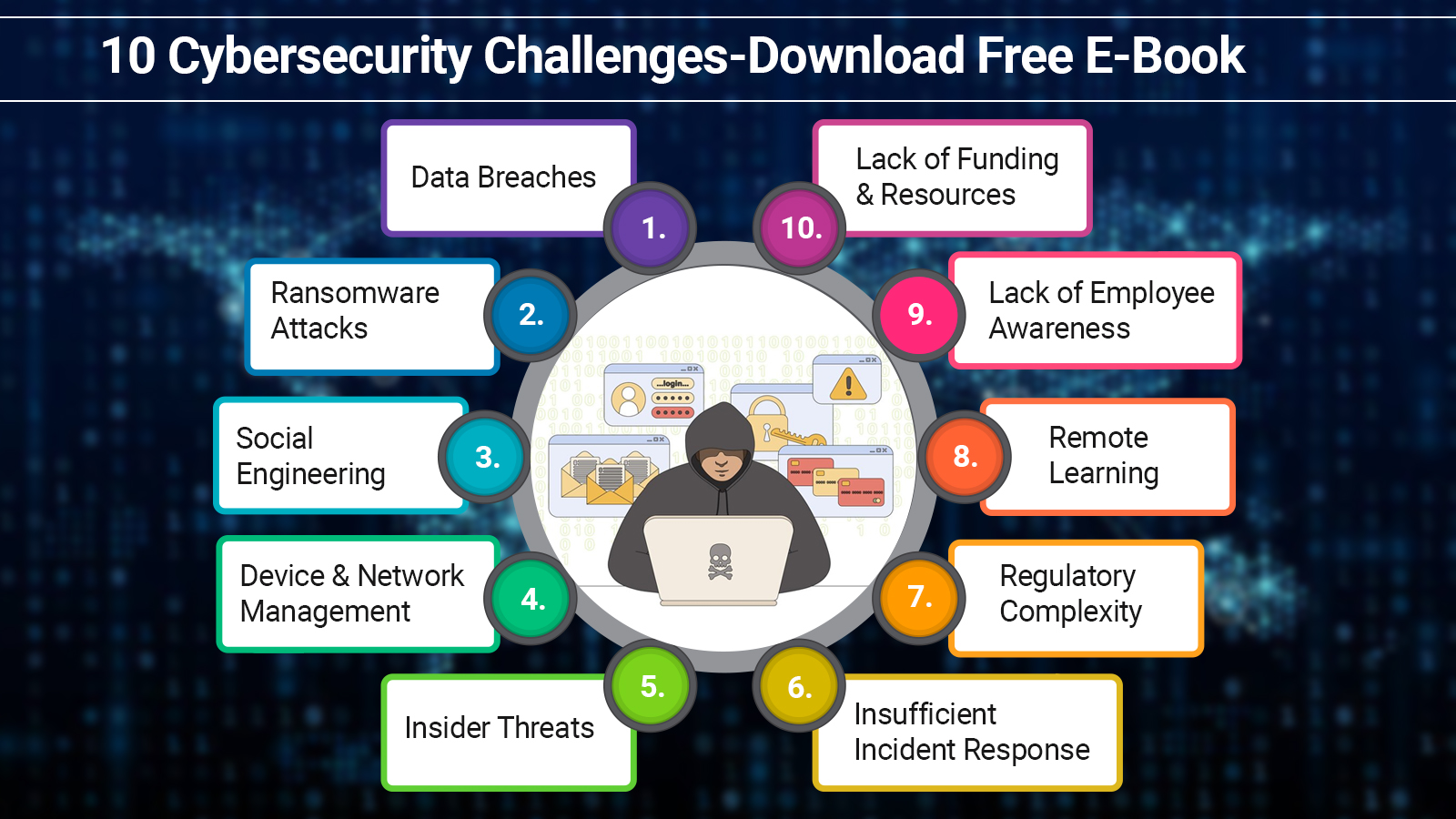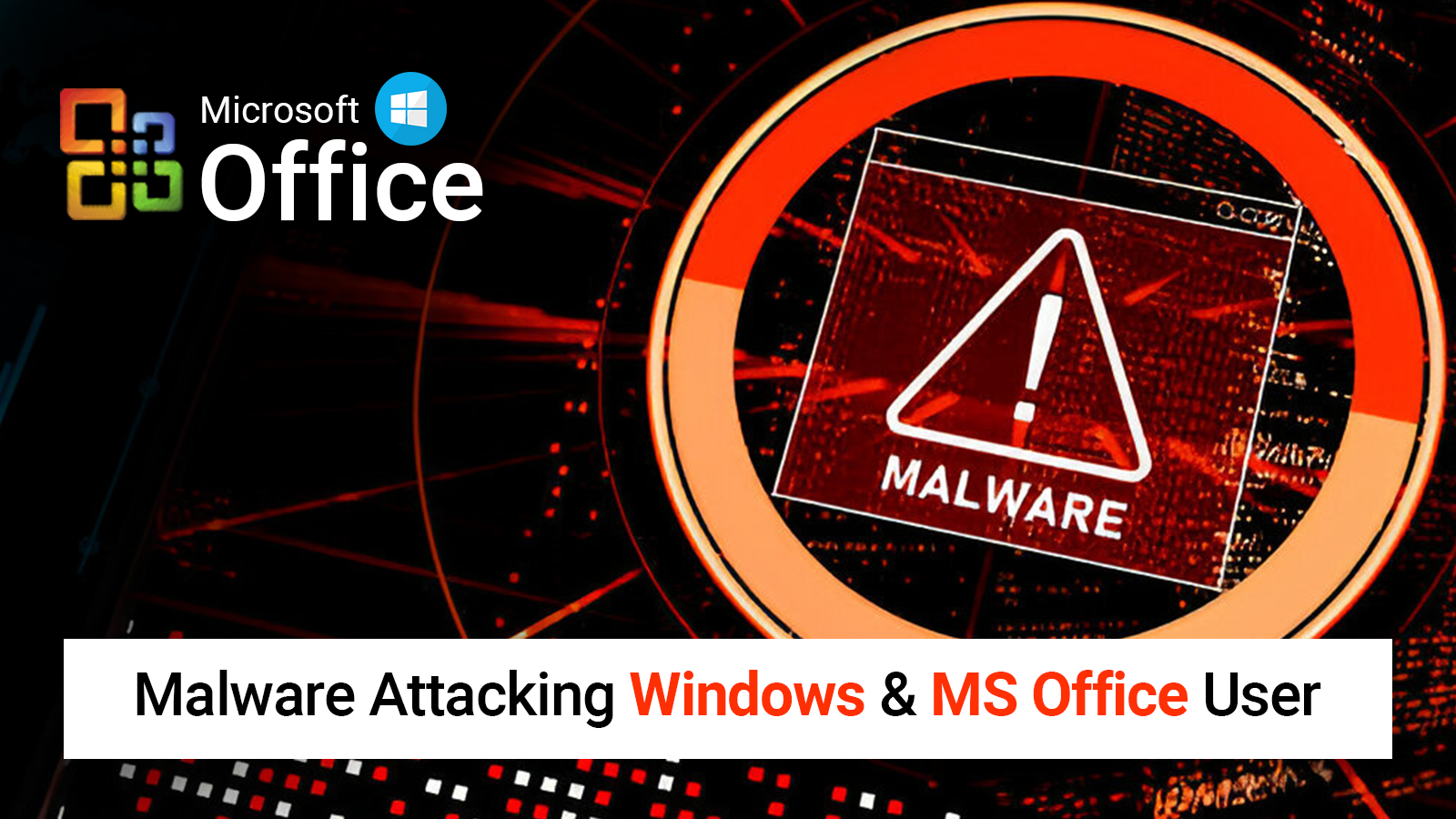Simply put, the term OT - Operational Technology indicates hardware and software. The main motive for using them is to make changes in the physical devices used by enterprises. Along with this, you can also get the most out of it by monitoring and controlling the enterprise’s processes & events.
OT systems are just like conventional IT - informational technology systems. Unlike IT systems, Operational Technology systems influence the whole physical world. This is known as one of the unique features of OT. It allows OT systems to bring advanced cybersecurity considerations into modern security architecture.
If you are enthusiastic about being aware of the exclusive cybersecurity considerations for OT, go through this blog. To help you become familiar with these determinants, we have outlined a few of the considerations in this blog. Let’s explore this post.
Consolidation Of IT & OT
Actually, Information Technology & Operational Technology work in independent silos. Each silo has its own set of protocols, cybersecurity measures, and standards as well. The important thing to know is that both of these domains are rapidly merging with the arrival of IoT.
IT and OT are beneficial and highly efficient. They are helpful for data-driven decision-making. The interesting fact is that their convergence also reveals OT systems to those cyber risks that IT systems face.
Remarkable Cybersecurity Considerations For OT
To enable you to be familiar with the key cybersecurity determinants for operational technology, we have outlined this section. In this section, you will surely be conscious of considerations for OT. So, let’s keep an eye on the factors explained in detail below -
On-demand Needs
Generally speaking, OT systems mostly operate in real time. These systems can't afford a waiting period. A single hindrance in an OT system could lead to crucial operational problems as well as safety dangers.
OT cybersecurity measures are helpful in introducing latency. It involves - multi-factor authentication. In addition to this, latency also comprises request workflows and session activity monitoring. There is a little bit of possibility they may not be appropriate for OT environments.
It is also noted that the influence of these characteristics on system performance can vary. The base of its variation is - the exclusive PAM solution and the way it is configured. So, simply put, it is important to verify any PAM solution deeply. It is a must for you to verify them in a real-time environment.
Ultimately, you can meet performance needs and also provide essential security accesses.
Traditional Systems And Networking
There is a range of operational technology systems that are still old. They are completely exclusive and tailor-made to meet the requirements of longevity & flexibility under hard circumstances. To be precise, cybersecurity was not given much priority for legitimacy in OT systems. This is why they are lacking in durability against modern OT cybersecurity risks.
OT systems may lack fundamental security capabilities. These include - encryption authentication and multi-factor authentication. These systems demonstrate crucial challenges. These are - cost, compatibility issues, and operational hindrances. You do not have any idea that skilled & knowledgeable individuals may not be available. This way, it will become impossible for you to understand the design and the code.
Individuals can observe a rising integration of these systems into IT networks & the internet. As an outcome, they amplify the chances & possibilities of generating cyber threats. It is advantageous for operational efficiency. So, this connectivity leverages their attack surface and escalates their flaws.
A few of the illustrations of unique security problems include :
Out-Of-Date Hardware And Software:
It is not a matter to deny that due to out-of-date hardware and software, many security challenges come into existence. It is interlinked with a myriad of present-day security solutions and best practices. This truly reveals legacy OT systems to illegal surveillance ransomware attacks, data branches, and probable manipulation.
Inadequacy of Encryption:
Encryption is significant for protecting confidential information and communications. Conventional OT systems might not have the ability to support encryption. As a result, it exposes them to attacks that can threaten the confidentiality and integrity of data.
Unprotected Communication Protocols:
Legitimate OT systems may use unprotected communication protocols. It is quite possible for attackers to manipulate them. For instance, Modbus is known as a widely used communication protocol in legacy OT systems. It involves neither authentication nor encryption. This way, it makes it vulnerable to attacks.
Limited Ability to Execute Cybersecurity Controls:
Conventional OT systems consecutively have a limited capacity to apply cybersecurity measures. Illustration - they might have been offered the significance of cybersecurity. Later on, it was identified and controlled by OEMs. As an outcome, it becomes a hindrance in the way of security.
Third-Party Remote Connectivity:
Traditional operational systems might support remote connections from third parties. It allows them to manage OT devices that are already linked to an internal network. This way, intruders can target a network that a vendor establishes for exploiting & contaminating other devices.
Insufficient Security Awareness:
Simply put, operators and technicians are helpful in managing legacy OT systems. It is possible that they may lack security awareness and training. It makes them vulnerable to social engineering attacks.
Fixed or Easy-to-Guess Passwords:
There are a few noteworthy OT devices that are already involved in the IoT category. They might consist of fundamental and anticipated passwords. Along with this, there are a few probable design shortcomings too.
Protection & Credibility
In Operational technology scenarios, the key focus is to maintain the security and reliability of the physical procedures they handle. It’s truly an important departure from conventional IT environments. Here, the entire focus is on confidentiality and integrity of information.
Protection:
To be honest, OT systems control physical procedures. They have real-world outcomes in case they malfunction. For instance, in a power plant, a failure in the control system can lead to a shutdown or destructive event. So, ensuring the protection of these systems is paramount.
Reliability:
Operational Technology systems ought to be available and work appropriately. It helps you ensure the smooth operation of physical processes. In the meantime, any downtime can lead to important operational hindrances and monetary losses.
Wrapping-up,
Upon consideration, as compared to cybersecurity practices and frameworks focussed on conventional IT systems, OT is more beneficial. Cybersecurity strategies in OT environments fulfill the requirement for the protection of data.
In short, OT systems require a different approach than conventional IT systems. OT systems will provide you with security and minimize interruptions related to physical procedures. Apart from this, both IT & OT are merging. As an outcome, OT cybersecurity's significance touches the sky.
Did you find this blog interesting? Join our TTB Community on LinkedIn for more informative articles & latest updates.

